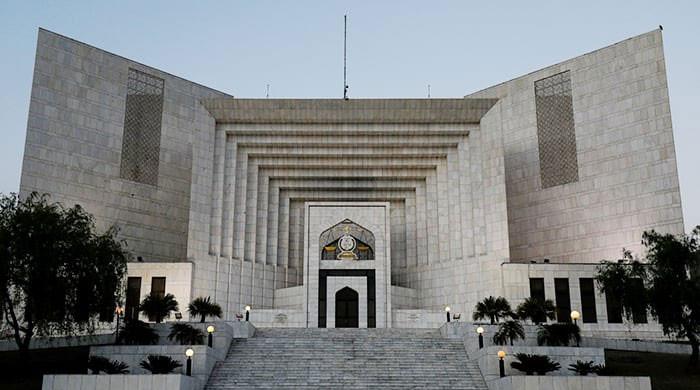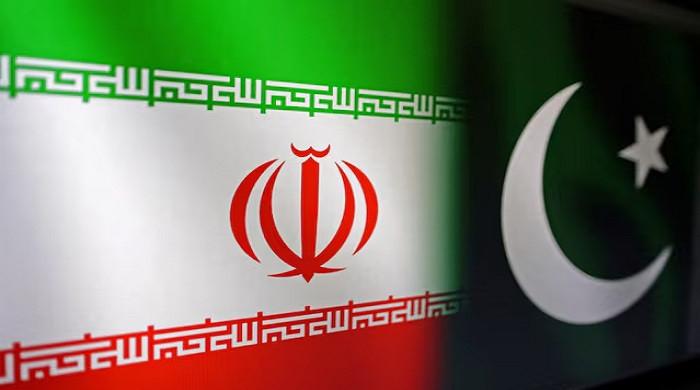Pakistan faces daunting challenges as it enters 2022
Pakistan has an increasing national debt, a burgeoning population and faces rising unemployment
December 31, 2021

- Pakistan has increasing national debt, waste of national resources, a burgeoning population and faces rising unemployment.
- International organisations' data suggests Pakistan tops list of 73 states eligible for World Bank's Debt Service Suspension Initiative.
- Pakistan raises Rs14 billion of loans every day to cover its expenses, which has increased its domestic and external debt to $280 billion.
ISLAMABAD: Pakistan faces the daunting task of reducing the troubles of a massively increasing national debt, waste of national resources, a rapidly growing population, rising unemployment, and inadequate health and education facilities, as it enters the new year — 2022, The News reported.
As per the data gathered from World Bank, UNICEF, Economic Survey, International Diabetes Federation, UNAID and SBP, Pakistan ranked first among the top 10 countries with the highest external debt of $127 billion, out of the 73 states eligible for the World Bank's Debt Service Suspension Initiative. The list of the top 10 countries include:
Nigeria, Bangladesh, Angola, Kenya, Mongolia, Uzbekistan, Ghana, Ethiopia, and Zambia. These are countries next to Pakistan on the list.
With Pakistan raising Rs14 billion worth of loans every day to cover its expenses, the country's domestic and external debt has hiked up to $280 billion (Rs50,000 billion), which accounts for 94% of its GDP.
Pakistan’s sitting government has added Rs20,000 billion during its term with a rising debt of $127 billion.
The energy crisis and public sector enterprises are causing irreparable damage to the economy. Pakistan’s circular debt, an estimated Rs1200-2500 billion, is almost equal to its annual budget.
Pakistan’s nominal GDP per capita is $1,542 and it ranks 181st in the world. As far as purchasing power parity is concerned, it is $5,964 per capita and according to this standard, Pakistan ranks 174th in the world. Population explosion is putting pressure on resources and Pakistan is the world’s fifth-most populous country with a population of almost 22 million.
Among Asia’s 55 most populous countries, Pakistan ranks fourth with a population growth rate of 2%. By 2050, Pakistan’s population is expected to rise to 35 million and the country’s net growth is negative. This means that the country has failed to generate resources in proportion to a growing population.
Of 22 million Pakistanis, 15 million are under 30 years of age, and being jobless they are unable to contribute to the country’s growth. It can be gauged from the fact that in 2020, the joblessness rate in Pakistan was 4.65% which is 0.67% higher than in 2019.
This ratio could reach 5% in 2021.
According to the Economic Survey 2020-21, the literacy rate in Pakistan could not exceed 60%. There was a 29.6% reduction in educational expenditures in 2019-20.
The survey said the literacy rate is higher in urban areas than in rural areas. The literacy rate in cities is 74% and in rural areas 52%. According to UNICEF, 59 out of 1,000 newborns die within a year of their birth. In 1971, this number was 139.87. There are many cases of Beta Thalassaemia in Pakistan and its patients are 9.8 million.
Every year, 5,250 children are diagnosed with Beta Thalassaemia. As in the case for diabetes, Pakistan ranks No 3 after China and India. According to UN AIDS, there are 2,000,000 AIDS patients in Pakistan, of which 32% are women and 3% are children. In such a situation, will the New Year give the good news of a reduction in these problems besides a better economy?











